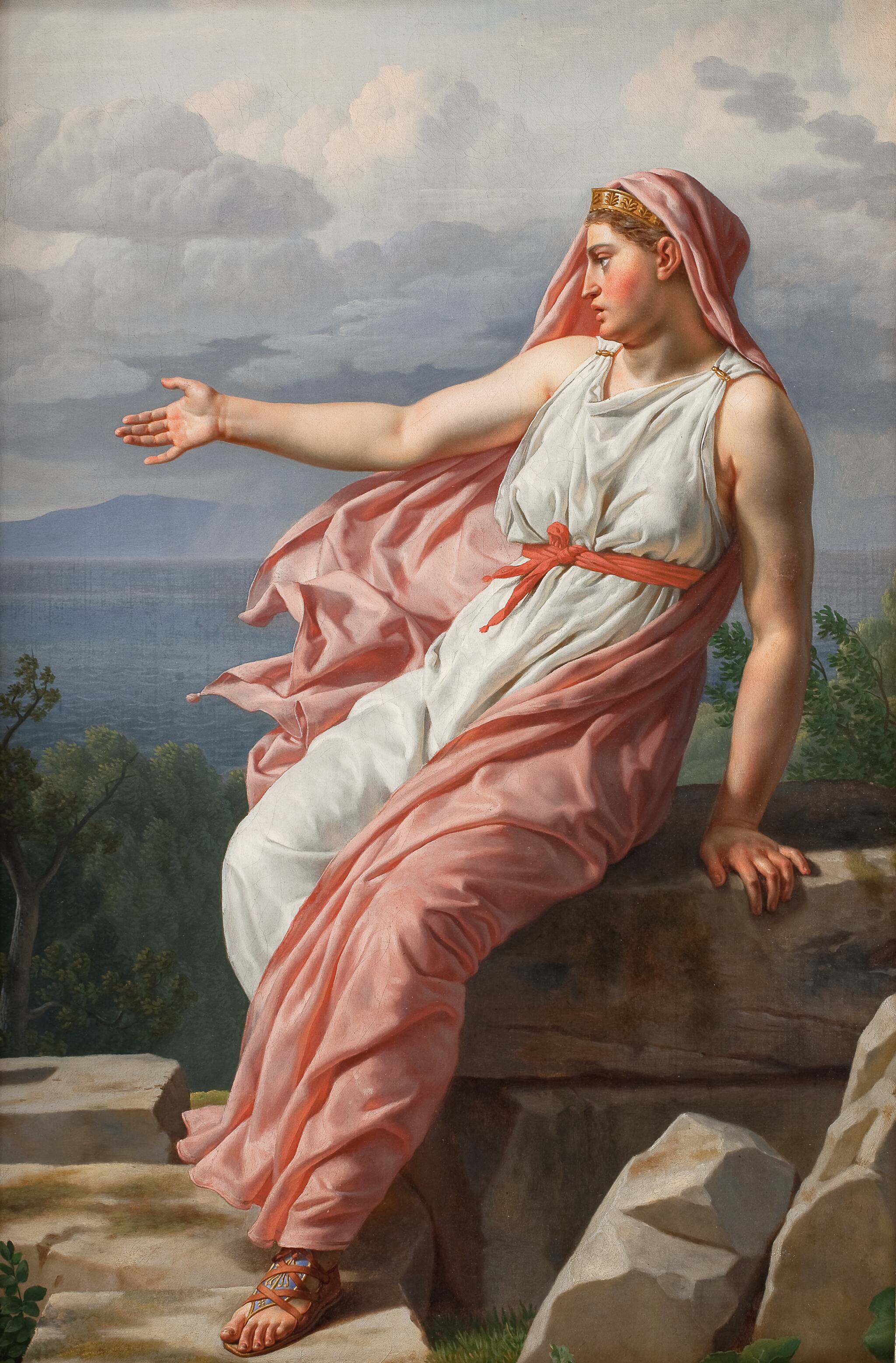Charles Partridge Adams (January 12, 1858 - October 14, 1942) was a largely self-taught American🎨 landscape artist who painted primarily in Colorado, and secondarily in California. Some paintings were also made in other Rocky Mountain states, the Pacific Northwest and Canada, and a few in Louisiana, the East Coast and Europe.
Adams was born in Franklin, Massachusetts; his family moved to Denver in 1876. In 1877 he began work in the Chain and Hardy bookstore in Denver, and received lessons from Helen Henderson Chain, an artist who had studied with George Inness🎨.
In 1885 he traveled to the East Coast and visited the studios of George Inness and Worthington Whittredge, and in 1888 he traveled to California and visited the studios of William Keith and Thomas Hill.





















.jpg)
.jpg)

